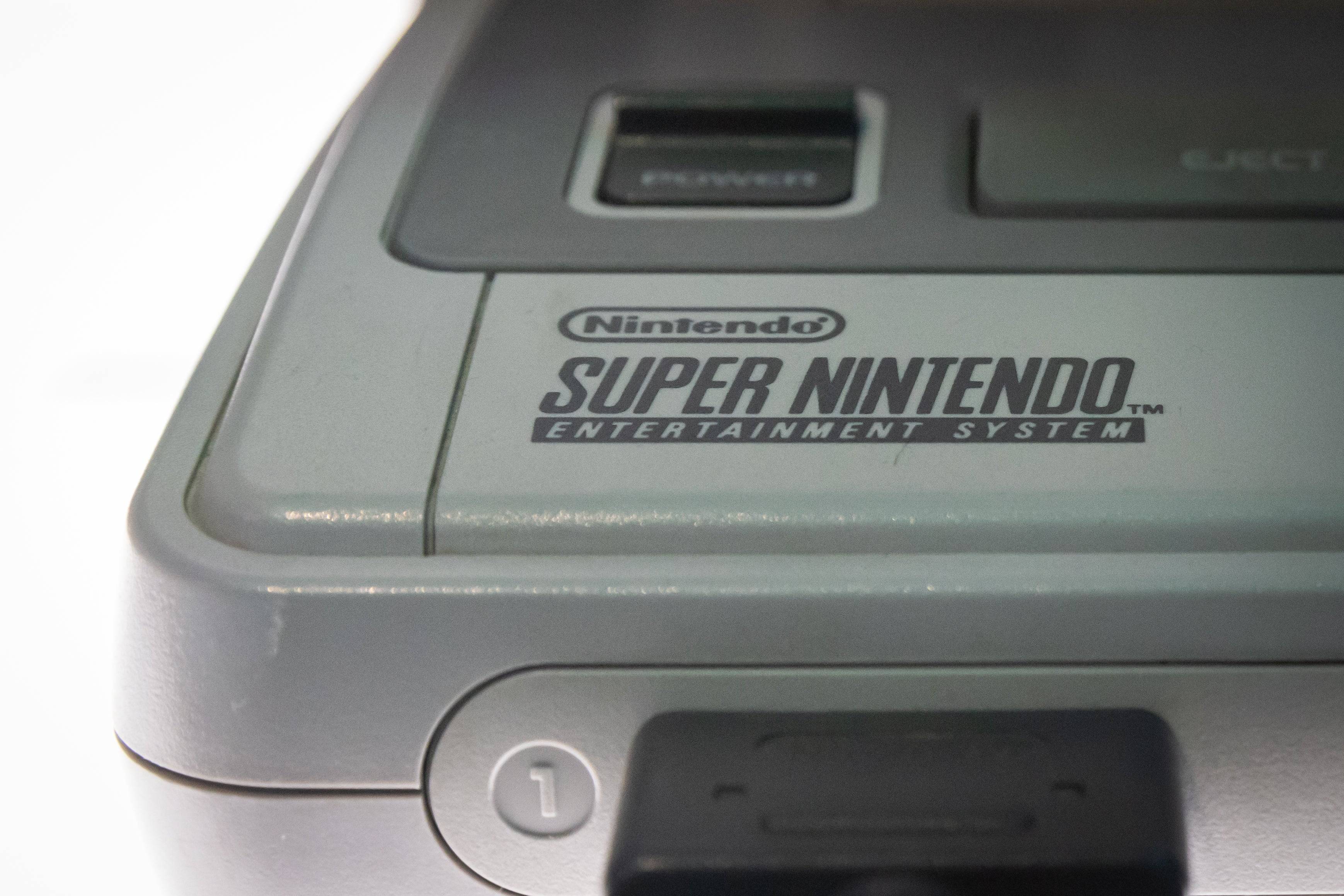The speedrunning community is buzzing with excitement over a peculiar phenomenon: the Super Nintendo Entertainment System (SNES) appears to be running games faster as it ages. This surprising discovery was first brought to light by Bluesky user Alan Cecil (@tas.bot) in early February, suggesting that the nearly 50 million SNES units sold worldwide might now perform better with classics like Super Mario World, Super Metroid, and Star Fox than when they were brand new.
The concept of a video game console improving its performance over time might sound far-fetched, but Cecil's research points to a specific component—the audio processing unit (APU) SPC700—as the key to this mystery. According to an interview with 404 Media, the official Nintendo specs claim the SPC700 has a digital signal processing (DSP) rate of 32,000Hz, controlled by a ceramic resonator running at 24.576MHz. However, retro console enthusiasts have noted that these figures can vary slightly depending on environmental conditions such as temperature, which affects how the console processes audio and, in turn, influences game speed.

Cecil's investigation took a fascinating turn when he asked SNES owners to record data from their consoles. With over 140 responses, a clear trend emerged: the DSP rates of the SNES have been increasing over time. While earlier records from 2007 showed an average DSP rate of 32,040Hz, Cecil's recent findings indicate an average of 32,076Hz. Although temperature can affect these rates, it doesn't account for the significant increase observed. In a follow-up Bluesky post, Cecil shared that, "Based on 143 responses, the SNES DSP rate averages 32,076Hz, rising 8Hz from cold to warm. Warm DSP rates go from 31,965 to 32,182Hz, a 217Hz range. Therefore, temperature is less significant. Why? How does it affect games? We do not know. Yet."
This phenomenon has sparked intense interest within the speedrunning community. If the SPC700 is indeed processing audio faster over time, it could theoretically reduce load times in certain game sections, potentially affecting leaderboard rankings and records established over the last three decades. However, the impact on actual game speed is not straightforward. Even under the most extreme circumstances, these changes might only shave off less than a second from a typical speedrun, and how each game might benefit from this altered audio processing remains uncertain.
Cecil acknowledges that more research is needed to fully understand the extent and cause of these changes. Data from the console's first decade on the market is scarce, making it challenging to draw definitive conclusions. Nonetheless, as the SNES approaches its 35th anniversary, it appears to be aging gracefully, and possibly even improving with time.
As the speedrunning community continues to explore this intriguing development, the consensus so far is that players have little to worry about. While Cecil delves deeper into the mechanics of the SNES, the console is seemingly thriving in its 30s. For those interested in the legacy of this iconic device, you can explore where the SNES ranks on the list of best-selling consoles of all time.

 Latest Downloads
Latest Downloads
 Downlaod
Downlaod




 Top News
Top News






![Unnatural Instinct – New Version 0.6 [Merizmare]](https://imgs.34wk.com/uploads/05/1719570120667e8ec87834c.jpg)


